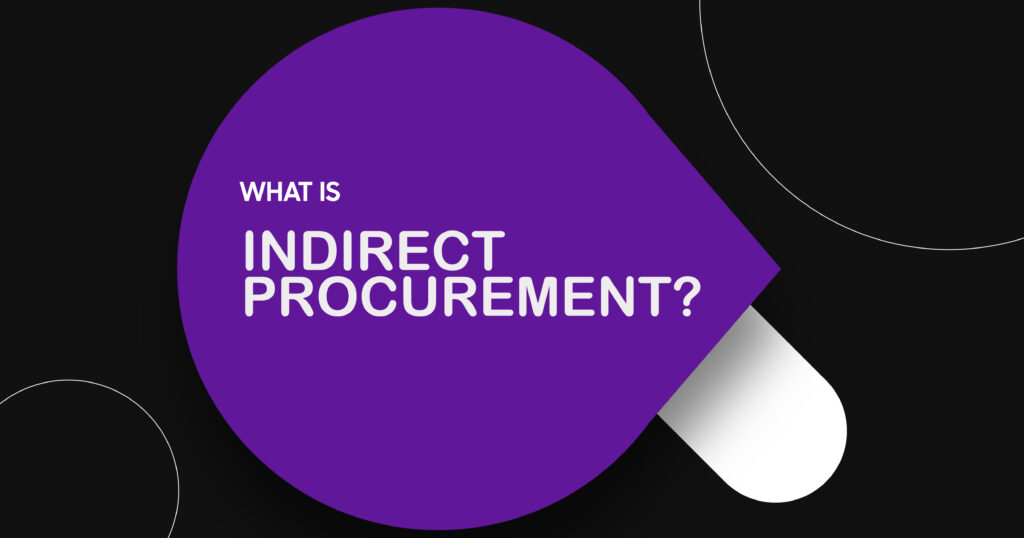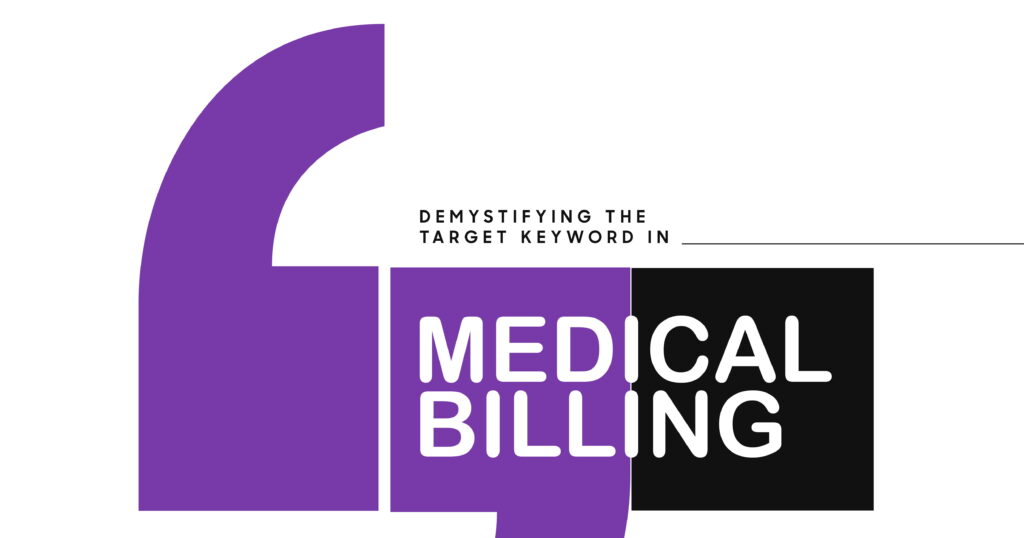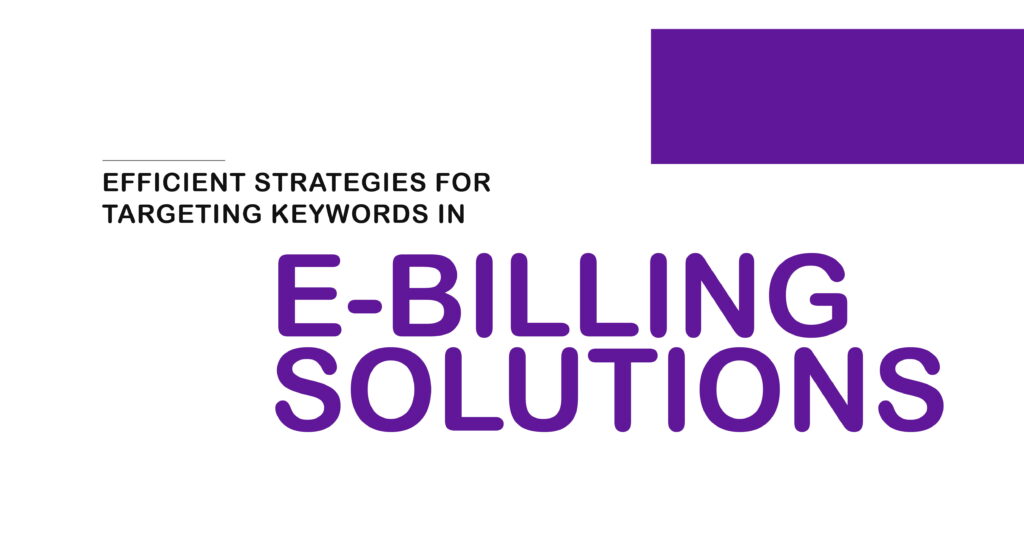Procurement is vital to any organization’s operational efficiency, but not all purchasing is created equal. While direct procurement focuses on goods used in production, indirect procurement refers to acquiring goods and services that support day-to-day business operations. These may include IT services, office supplies, marketing tools, facility maintenance, etc. Though not tied directly to revenue-generating outputs, indirect procurement significantly influences overhead, efficiency, and strategic growth.
Indirect spending accounts for 15–27% of a company’s total revenue, making it a powerful lever for cost savings and improved supplier management (source). Yet many organizations underestimate its impact due to decentralized purchasing, lack of visibility, and inconsistent contract negotiation practices.
This guide will explain indirect procurement, how it differs from direct purchasing, and why it deserves greater focus within your overall procurement process. We’ll explore key components like vendor selection, purchasing strategy, and the role of supply chain management in optimizing indirect spend.
The Role of Cost Savings in Indirect Procurement
While indirect procurement may not be directly linked to product manufacturing or customer delivery, it has a significant impact on an organization’s bottom line. Strategic management of indirect spend – such as IT services, administrative tools, travel, and utilities – can lead to measurable cost savings over time. When these purchases are decentralized or ad hoc, expenses can spiral without oversight, causing waste and inefficiencies.
Organizations that invest in a structured purchasing strategy for indirect procurement often reduce duplication, negotiate better contracts, and uncover hidden savings across departments. By centralizing control and visibility, finance and procurement teams can identify trends, enforce supplier compliance, and leverage company-wide buying power.
Ultimately, well-managed indirect procurement isn’t just about spending less – it’s about spending smarter.
Effective Supplier Management in the Indirect Procurement Process
Unlike direct procurement, which often involves long-term contracts with critical material suppliers, indirect procurement typically includes a broader and more dynamic range of vendors. Managing this supplier ecosystem efficiently is crucial to minimizing risk, maintaining quality, and ensuring value for money.
Supplier management in this context goes beyond placing orders – it includes monitoring performance, negotiating favorable terms, ensuring service-level compliance, and fostering relationships that support agility and innovation. A strong procurement process for indirect goods and services ensures consistent communication, clearer expectations, and better strategic alignment across departments.
The table below outlines key components of effective supplier management in indirect procurement:
| Supplier Management Element | Impact on Indirect Procurement |
| Vendor Selection | Ensures alignment with business needs, cost efficiency, and quality |
| Contract Negotiation | Drives savings, defines expectations, and reduces legal risk |
| Performance Monitoring | Tracks vendor KPIs, service quality, and compliance over time |
| Consolidation of Suppliers | Reduces complexity, increases bargaining power, and simplifies invoicing |
| Relationship Management | Builds trust and collaboration for long-term value and responsiveness |
| Risk Mitigation Strategies | Identifies backup suppliers and limits disruptions to non-critical services |
Strategies for Successful Contract Negotiation in Indirect Procurement
Effective contract negotiation is essential in optimizing indirect procurement, where various goods and services are sourced from numerous vendors. Because these purchases often involve fluctuating needs or less standardized terms, strong negotiation tactics can drive significant value, helping companies secure lower costs, reduce risk, and maintain flexibility.

Here are proven strategies to enhance contract negotiation success in indirect procurement:
- Conduct a thorough spend analysis to identify trends and leverage historical data
- Set clear objectives and performance expectations before entering negotiations
- Involve stakeholders early to align procurement goals with departmental needs
- Benchmark pricing and service levels against industry standards
- Negotiate scalable and flexible terms to accommodate changing business needs
- Include measurable KPIs and SLAs (Service Level Agreements) for accountability
- Build in renegotiation clauses to revisit pricing or terms annually
Building a Robust Purchasing Strategy for Indirect Spend
A well-designed purchasing strategy for indirect spending helps organizations streamline procurement, control costs, and improve supplier performance. Unlike direct procurement, which often follows a more linear and predictable path, indirect purchasing involves multiple departments, varying needs, and a high volume of low-value transactions – all of which require a more flexible, integrated approach.
The table below outlines key elements of a successful indirect purchasing strategy:
| Strategy Element | Purpose & Impact |
| Centralized Procurement Policy | Ensures consistency and reduces maverick or off-contract spending |
| Category Management | Groups similar purchases for better analysis, control, and negotiations |
| Technology & Automation | Streamlines purchasing workflows, tracking, and reporting |
| Cross-Department Collaboration | Aligns sourcing with actual user needs and drives compliance |
| Supplier Consolidation | Reduces vendor complexity and maximizes volume-based savings |
| Spend Visibility & Reporting | Enables real-time insights for smarter decision-making |
| Compliance & Risk Controls | Minimizes legal exposure and improves procurement governance |
Enhancing Supply Chain Management Through Indirect Procurement
While indirect procurement is often viewed as a support function, it plays a strategic role in supply chain management. From sourcing facility services and IT infrastructure to managing travel, logistics, and administrative contracts, effective indirect spend management ensures smoother operations across every link in the chain.
When indirect procurement is streamlined and aligned with broader organizational goals, it supports supplier reliability, operational efficiency, and agility, especially in rapidly changing markets. Poorly managed indirect procurement, on the other hand, can result in fragmented supply bases, higher costs, and administrative bottlenecks.
Key contributions of indirect procurement to supply chain efficiency include:
- Standardizing vendor contracts and service levels across departments
- Improving transparency in off-contract or decentralized purchasing
- Enhancing responsiveness through agile sourcing strategies
- Reducing costs through consolidation and centralized negotiation
- Supporting business continuity with proactive risk management
Criteria for Vendor Selection in Indirect Procurement
Selecting the right vendors is crucial for maintaining quality and efficiency in indirect procurement. Unlike direct suppliers, indirect vendors often provide services that support internal operations, which means their performance impacts everything from employee productivity to compliance and customer satisfaction.
Key criteria to consider during the vendor selection process:
- Service Quality – Proven track record of reliability, timeliness, and responsiveness
- Cost Competitiveness – Transparent pricing aligned with budget expectations
- Flexibility and Scalability – Ability to adapt to changing business needs or volumes
- Compliance and Certifications – Meets industry, safety, and legal standards
- Technology Capabilities – Offers digital integration for ease of communication and invoicing
- Customer Support – Availability of dedicated points of contact and resolution channels
- References and Reputation – Positive feedback from other clients and market presence
- Contract Terms – Clarity in SLAs, termination clauses, renewal options, and warranties

Optimize Your Business With Smarter Indirect Procurement – Powered by Indigo Billing
From managing vendor relationships to uncovering hidden cost efficiencies, indirect procurement is a powerful lever for operational improvement, especially in industries where back-office services like billing, IT, and facility operations drive day-to-day success.
At Indigo Billing, we help healthcare providers and service-based organizations strengthen their financial systems through smarter, more strategic support solutions. Whether your team is seeking to optimize purchasing strategy, reduce indirect costs, or improve supplier performance, our tailored services can support your procurement transformation.
Contact Indigo Billing to learn how our specialized medical billing and support services can help your business grow stronger, from the inside out.
FAQs
How does cost savings impact the overall efficiency of indirect procurement processes?
Strategic cost savings improve budgeting accuracy, reduce waste, and free up resources that can be reinvested into core operations. By controlling indirect spending, companies gain better visibility and streamline department decision-making.
What are some key strategies for effective supplier management in indirect procurement?
Key strategies include consolidating suppliers, tracking performance with KPIs, maintaining open communication, and renegotiating contracts regularly. These practices strengthen relationships while ensuring accountability and cost control.
What are the best approaches to contract negotiation specific to indirect procurement?
Successful approaches include conducting spend analysis, involving stakeholders early, building in flexibility, and using competitive bids. Effective contract negotiation ensures value, risk protection, and alignment with long-term needs.
How can a company build a strong purchasing strategy to optimize indirect spend?
A robust strategy includes centralized policies, category management, automation tools, cross-team collaboration, and detailed spend reporting. These elements promote consistency, savings, and procurement visibility.
In what ways can indirect procurement enhance supply chain management?
Direct procurement supports agility and resilience across the entire supply chain by streamlining services like logistics, IT, and maintenance. It ensures consistent quality, reduces disruptions, and enables more strategic sourcing decisions.












